What is Wool From Baby Alpaca?
Published May 27, 2019 | Updated December 22, 2021
The words "baby alpaca” might bring to your mind cute, long-legged, gangly, creatures with fuzzy faces, gambling through the mountains. So the question is:
Does Baby Alpaca Come From An Alpaca Baby?
No, baby alpaca wool does NOT come from a new-born alpaca baby.
Many travelers visiting Peru have the idea their baby alpaca wool sweater is from an alpaca baby, but in reality, the term refers to where the wool comes from on the alpaca, and not how old the alpaca is.
Baby alpaca is a type of wool that can come from alpacas of any age.
However, fiber diameter increases as alpacas age. That said, more baby alpaca wool can be harvested from younger alpacas, as wool fibers tend to become coarser as the animal gets older, which is why most baby alpaca wool comes from alpacas that are not more than 2 years old.

Baby alpaca wool is sheared from the neck and chest area of an alpaca and can also be found on the back, which is also referred to as the 'blanket'. The fleece in this area is one of the finest and softest. The fiber diameter on the back is lower than on other parts of the body, as well as the overall friction on the back is minimum, which maintains the wool nearly untouched.
Classifying Alpaca Fibers
Once the alpaca fleece is sheared, the fibers are separated and classified based on three features:
- Fineness
- Length
- Color
Trained alpaca fiber sorters (in Peru they are often women) can do this by hand and sight: they know where the different qualities of fiber are found on the animal and feel the fibers' fineness (rather than measuring the diameter of each fiber with an optical microscope), with surprising accuracy!

Types of Alpaca Fiber
There are actually six to seven categories of alpaca wool (depending on the system used), but only three fiber types are generally used for alpaca clothing, as the other categories are either too coarse or too short to work into garments. The yield of superior fiber categories (listed below) can be up to 70-75% of the total fleece from the best wool-producing alpacas, but this varies based on the alpaca itself and the season’s conditions.
Royal Alpaca
With diameters of 18 microns or less (a micron is 1 thousandth of a millimeter), Royal alpaca – sometimes known as “super baby alpaca” – is the finest and therefore softest of the fiber categories. Royal alpaca is located on the back of the alpaca and is the least common of the wool types, so is the most expensive on the market.
If you do find clothing made from royal alpaca, it will most likely be in an expensive store, made into scarves or a sweater. At Arms of Andes we make all our clothes from 100% royal alpaca wool fabric.
Baby Alpaca
Baby alpaca has fibers with diameters of 19-20 microns are classed as baby alpaca and this is the second finest wool category. Baby alpaca is still one of the more expensive categories, but because it is more common, it’s not as expensive as Royal Alpaca.
During your trip to Machu Picchu or other parts of Peru, you’ll find sweaters, beanies, mittens, etc. that are made from Baby Alpaca, although be aware that the cheaper items may not have the claimed baby alpaca content (they might be mixed with synthetic fiber or may in reality be the “superfine” category).
Superfine Alpaca
Superfine alpaca wool is sheared from the legs and belly area of the alpaca. This wool ranges from 21-23 microns in diameter, so is thicker than baby and royal alpaca.
While visiting Peruvian shops, you’ll come across lots of superfine alpaca, as it more plentiful, cheaper and easier for Peruvian businesses to obtain. Most rugs, blankets, ponchos and a lot of hats and gloves are made of superfine alpaca wool.
If you are looking for outdoor activewear with a softer feel, Royal Alpaca is definitely what you need.
Arms of Andes is the first brand to dare to create high performance outdoor gear with 100% royal alpaca wool in this style and knit. You won’t find sweaters, mid layers, base layers, leggings, shirts, tank tops and other activewear garments made of 100% royal alpaca wool anywhere else.

While royal and baby alpaca wool are mostly used for fashion, a closer look at the properties of alpaca wool – it is durable, soft, breathable, hypoallergenic, sweat wicking, and more – shows that it is definitely a good choice for travel and outdoor activities.
Plus, alpacas can be considered eco-friendly animals as they are farmed in a sustainable way, with limited environmental impact. If you are going to travel around nature, it makes sense to wear natural clothing from an animal that loves nature.


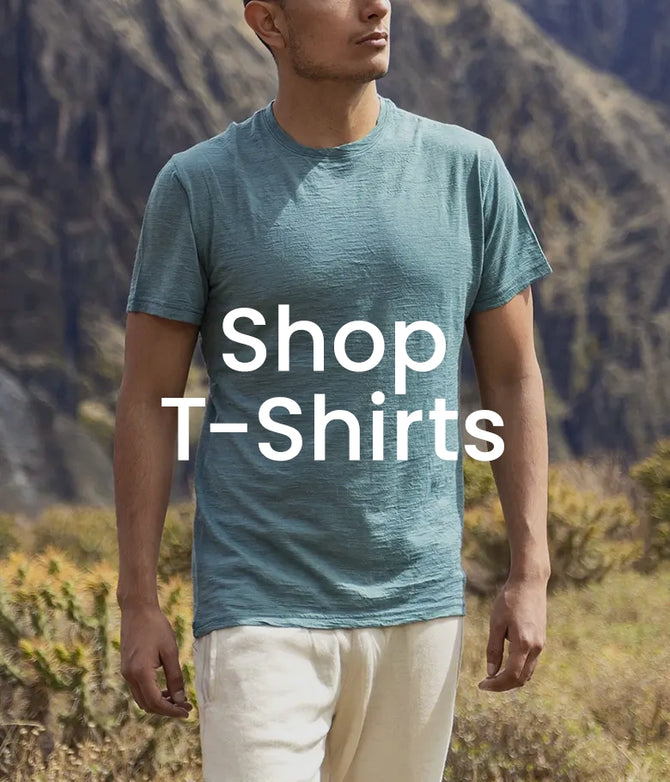

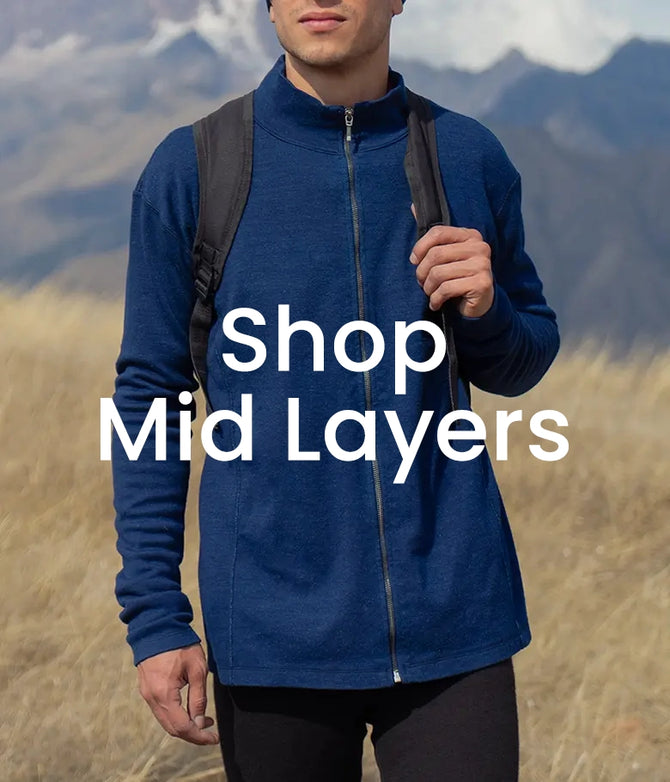
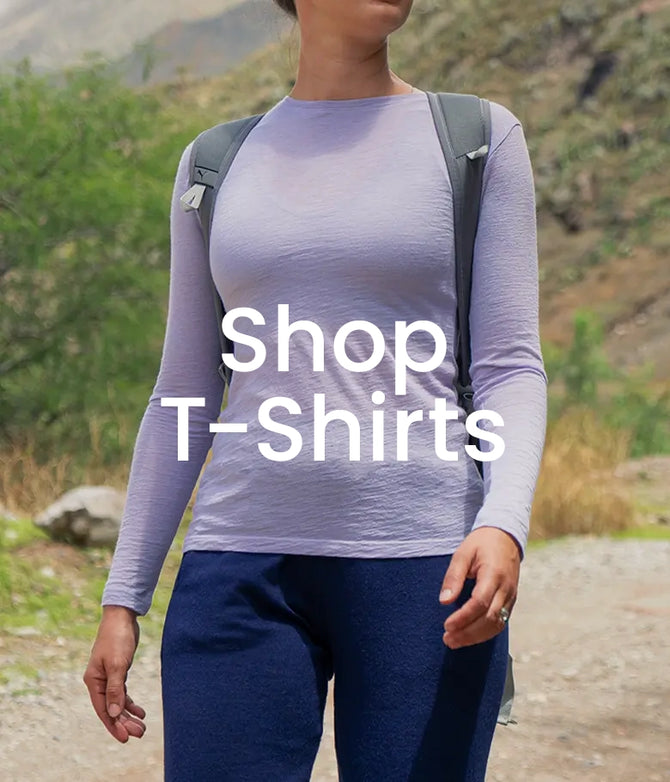
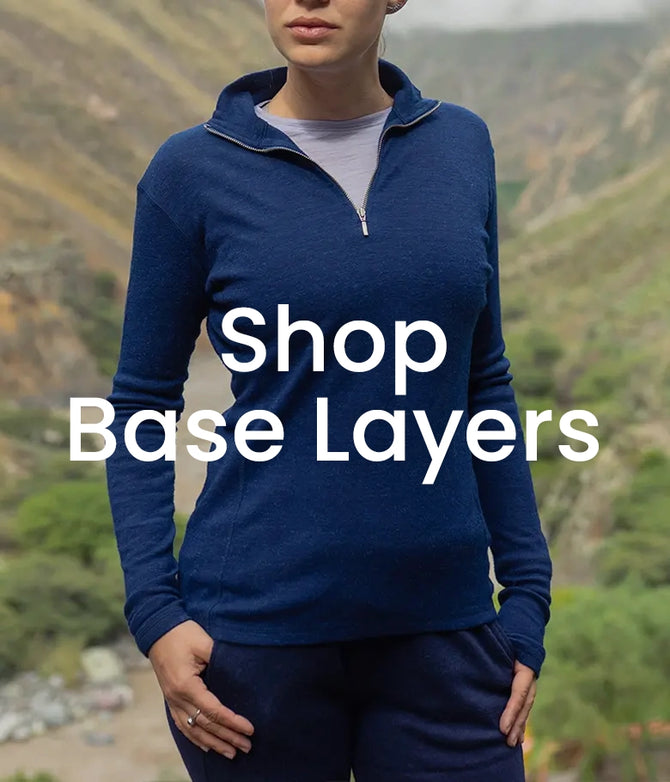
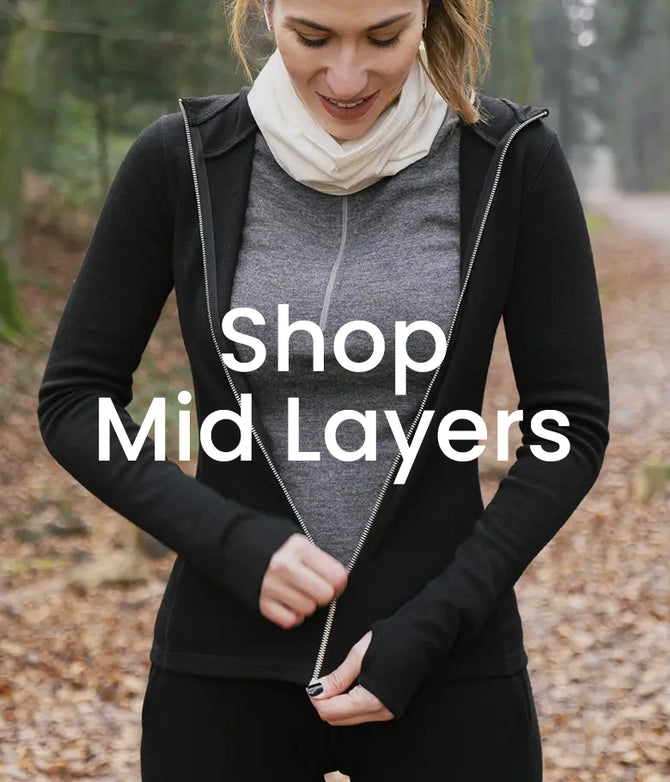
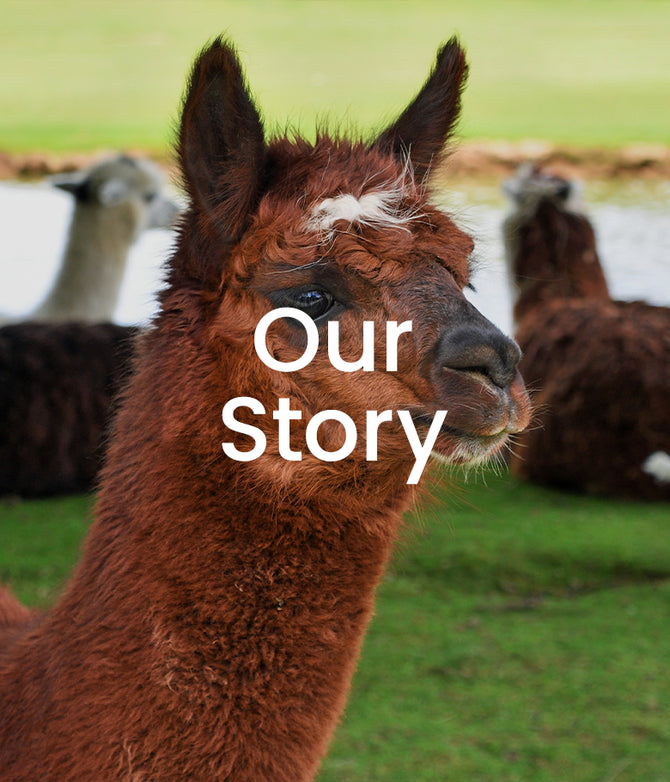
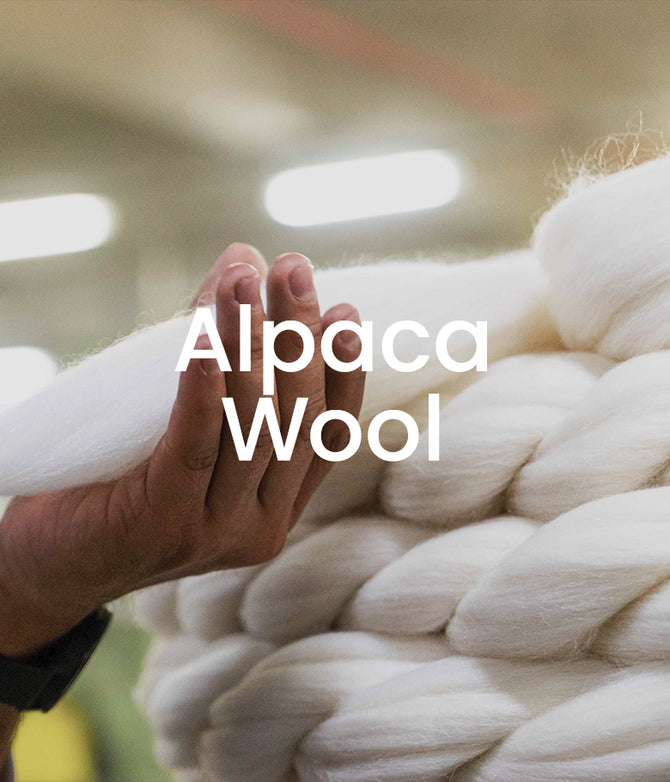
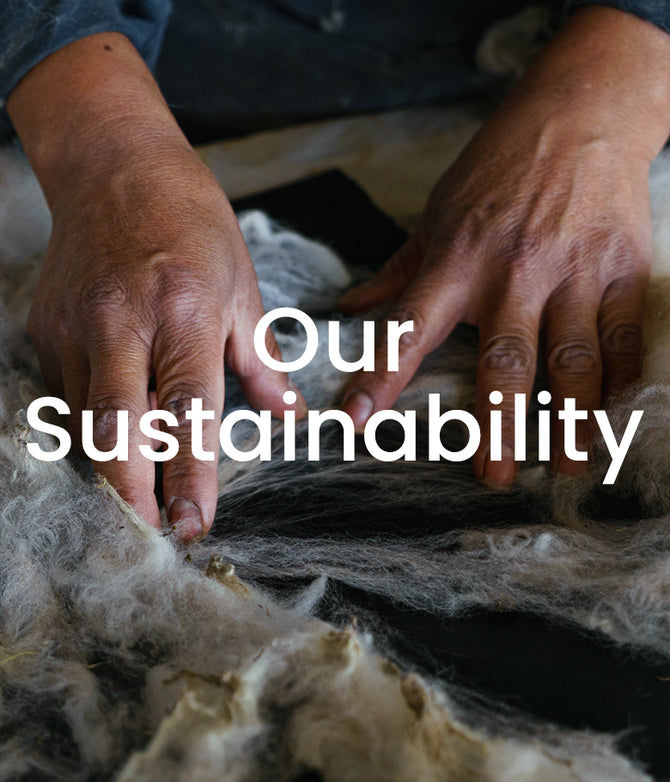
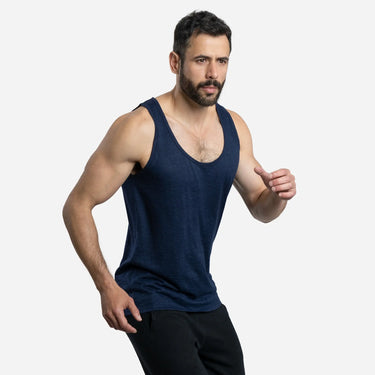
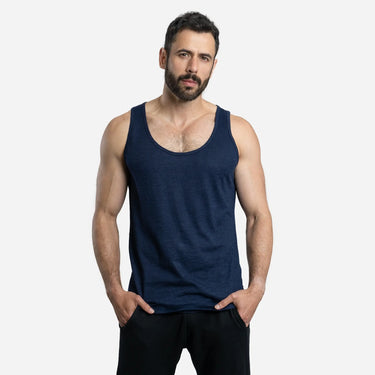


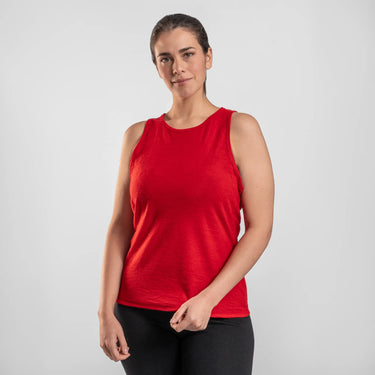

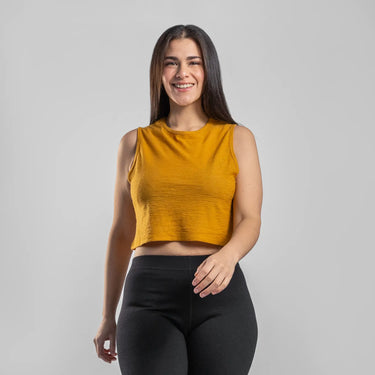
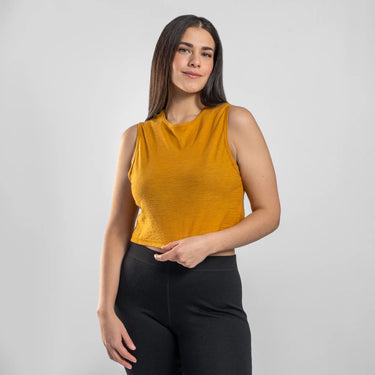



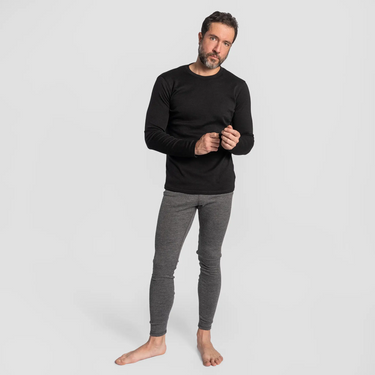
Hallo, als Tierliebhaber frage ich mich, ob die Jungtiere nicht nach dem Scheren entsetzlich frieren müssen? Danke für eine Rückmeldung. Schönen Gruß UK
that’s great educational information and an excellent sales pitch. i’m sold. let me check the prices now lol